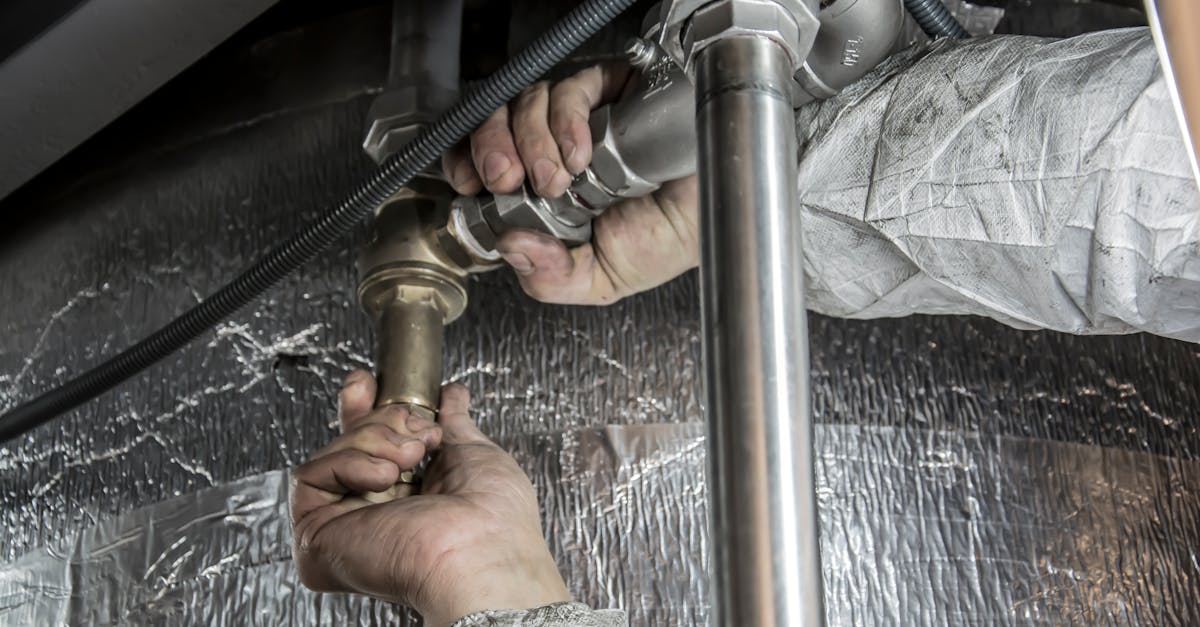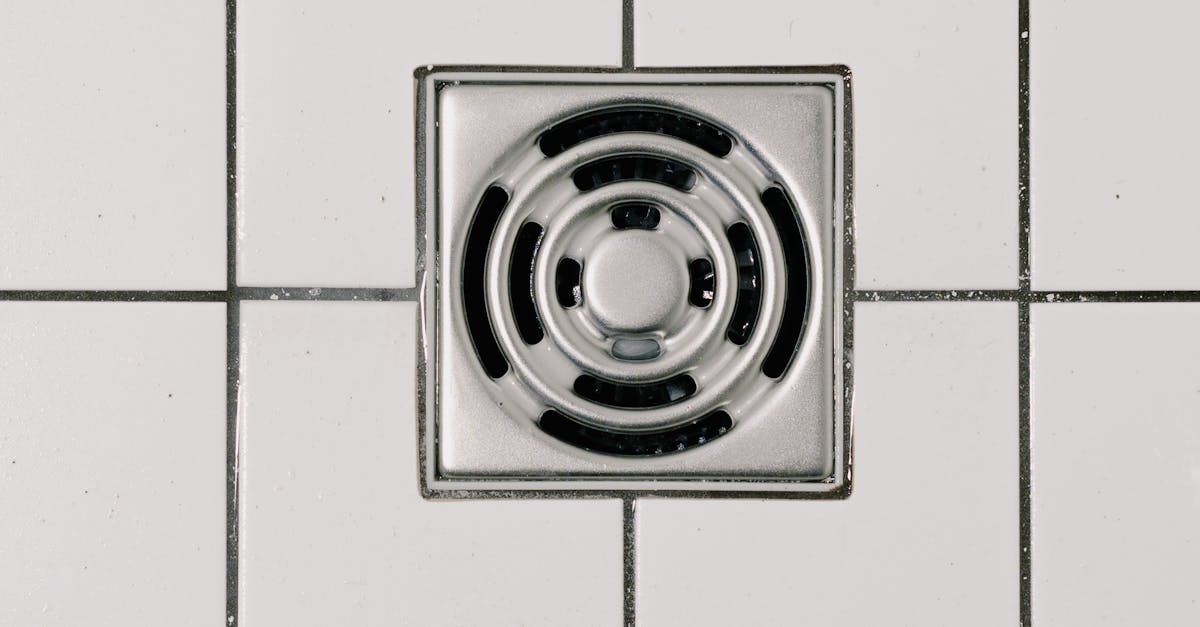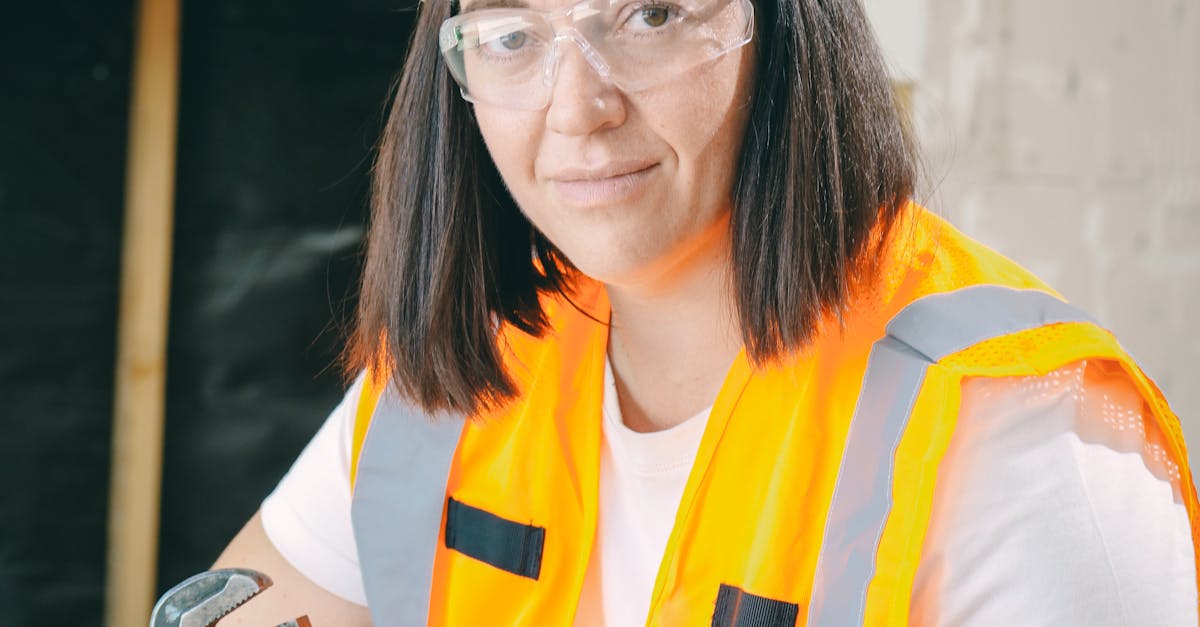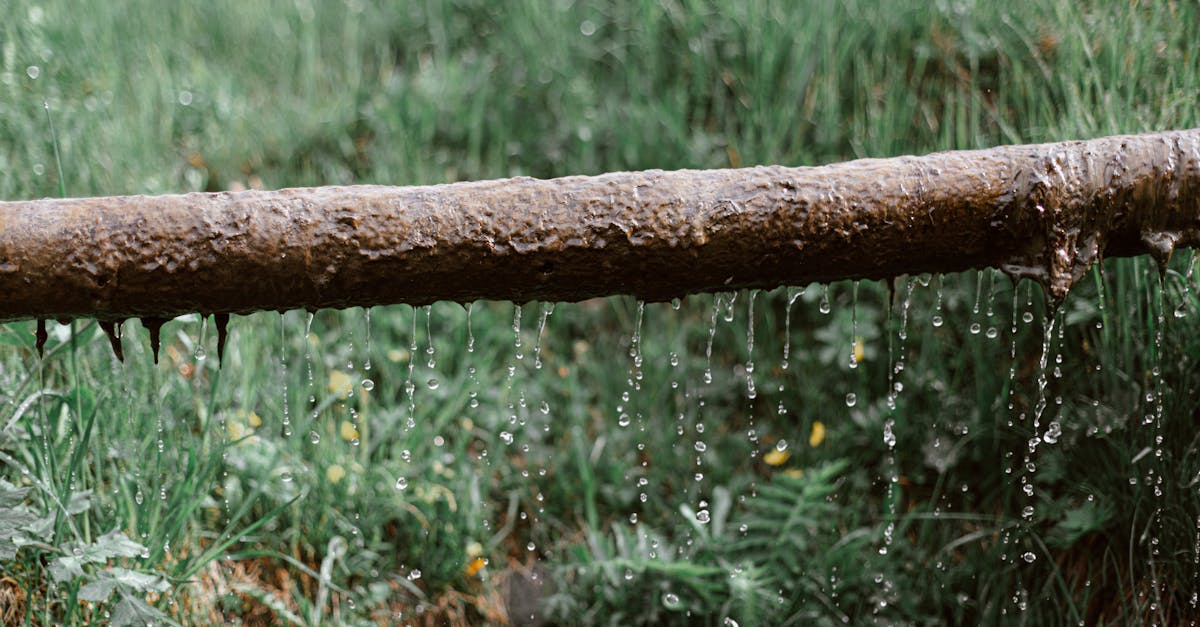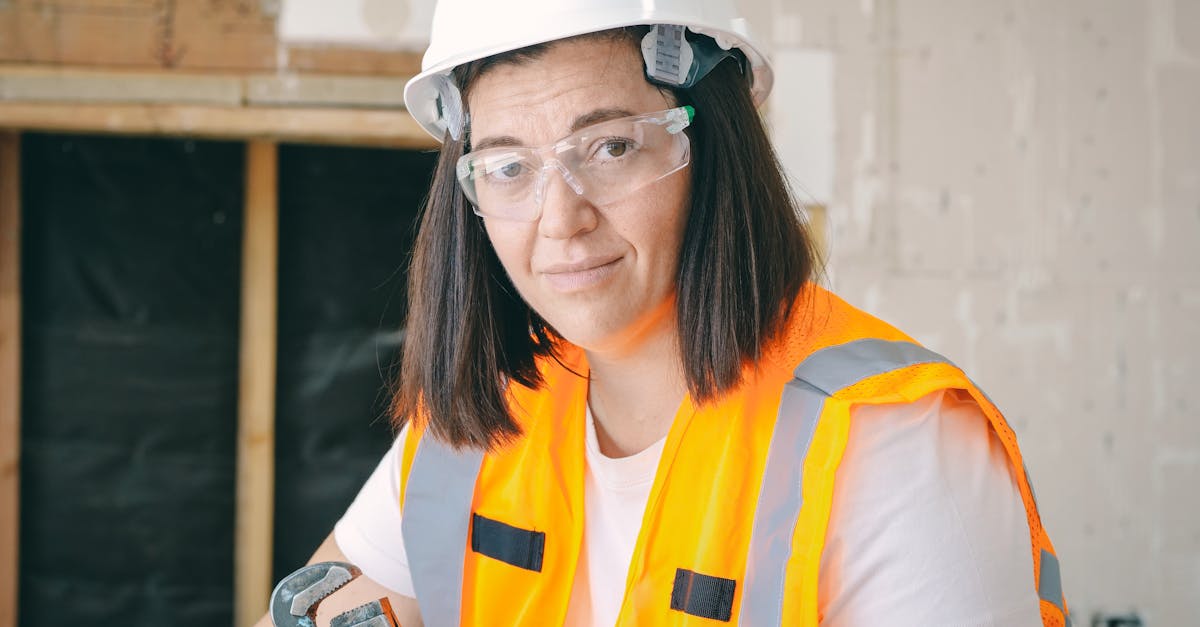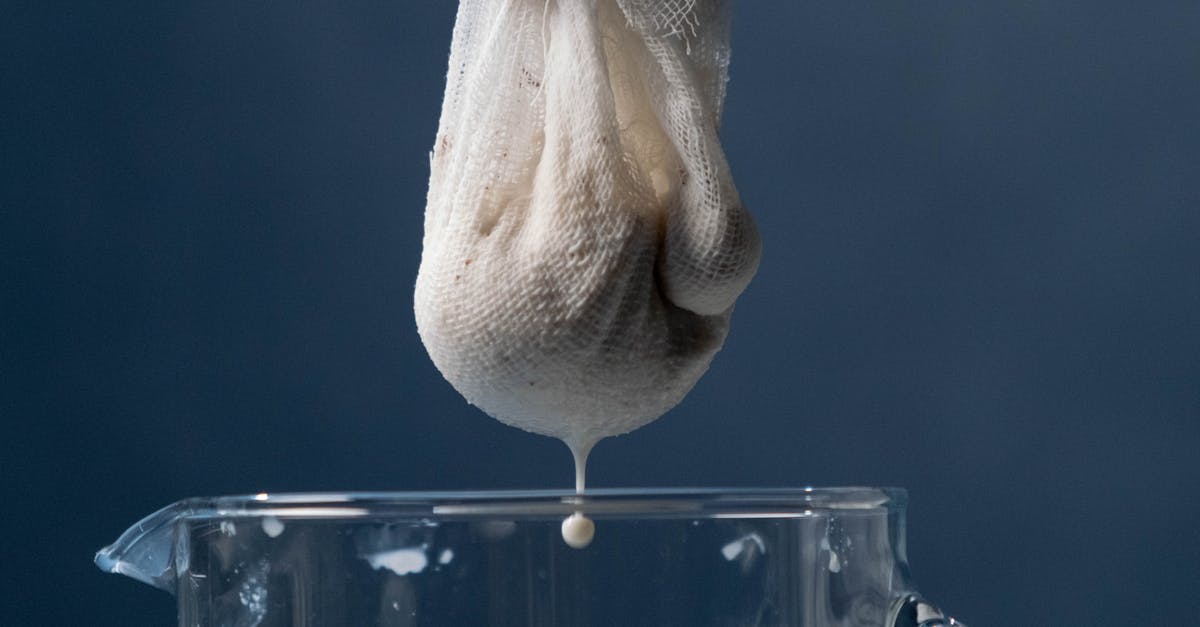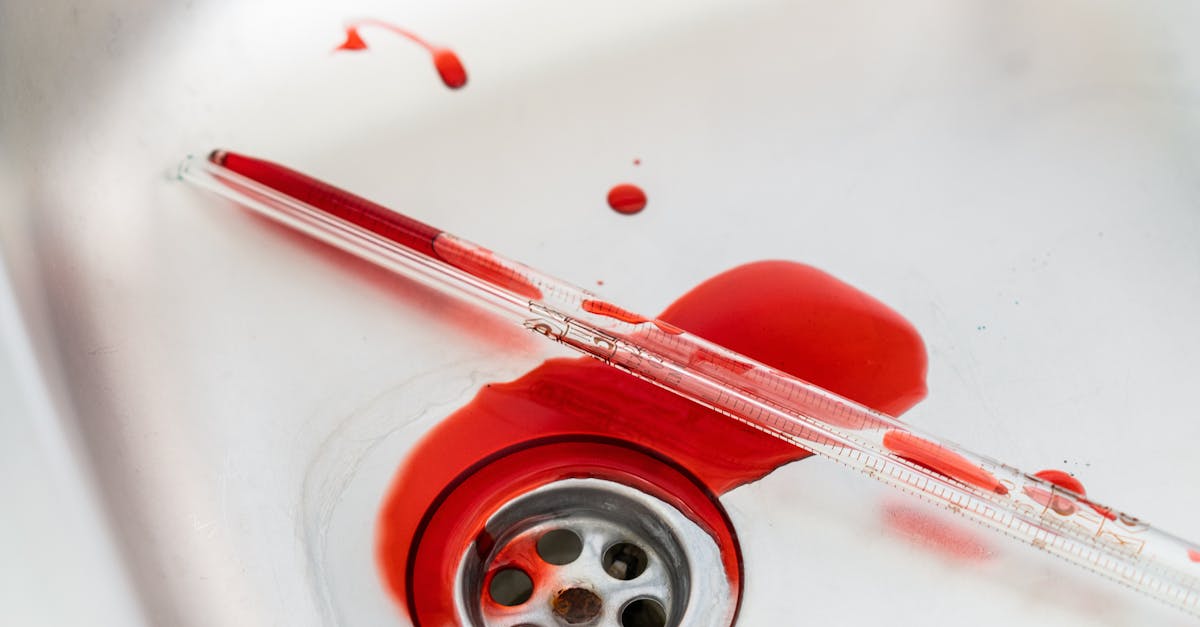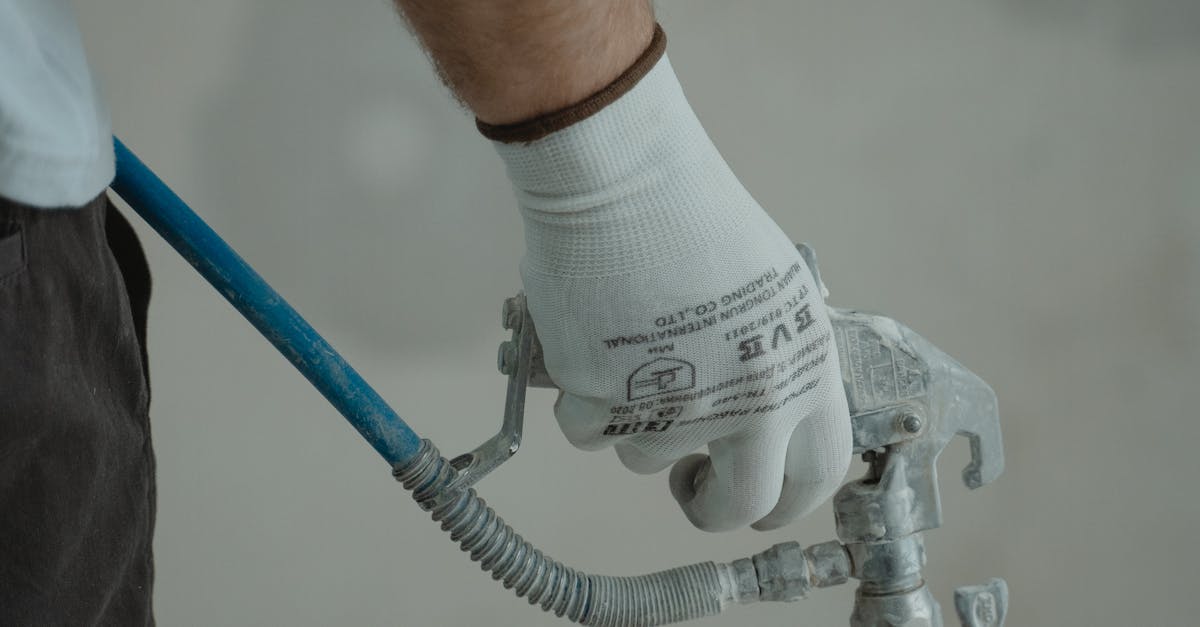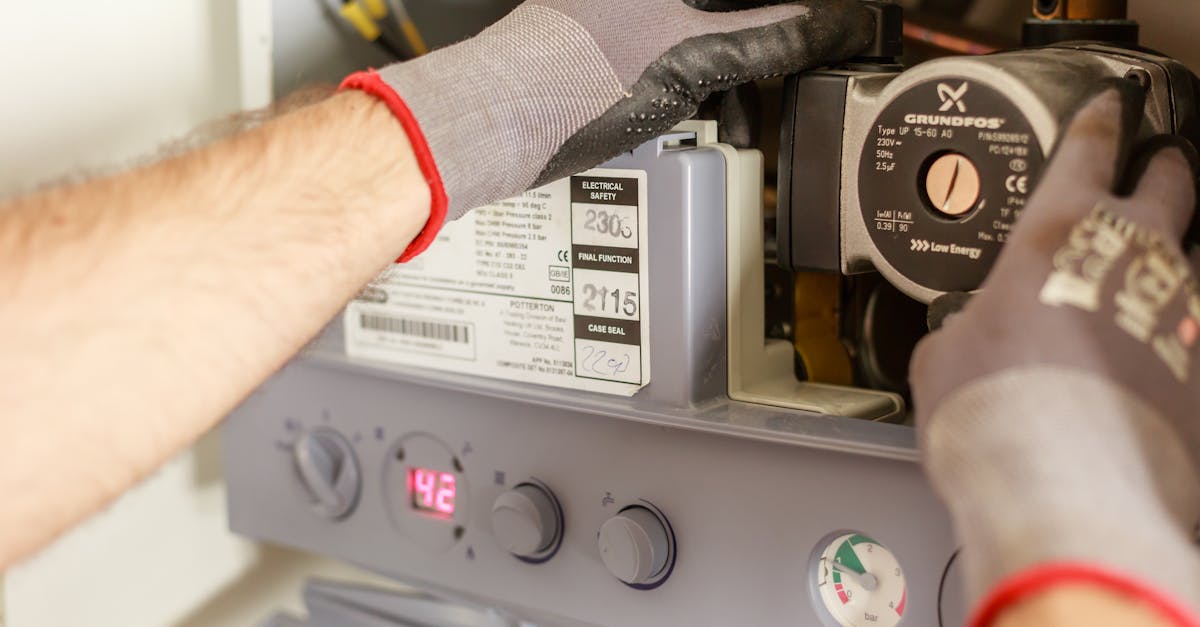
Table Of Contents
Fixing a Leaky Toilet Tank
A leaky toilet tank can lead to increased water bills and unnecessary waste. Often, the problem arises from worn-out or damaged components within the tank. First, check the flush valve and tank bolts for any signs of wear or looseness. Replacing old washers or tightening these connections can often resolve the leak. If the tank is cracked, a replacement may be necessary. Understanding the basics of toilet installation and repair can save both time and money.
Another common issue is the gasket between the tank and the bowl. Over time, this rubber ring can degrade, leading to leaks. To address this, drain the tank and remove it to inspect the gasket. If it appears damaged, it should be replaced. This task may seem daunting, but with the right tools and a little patience, most homeowners can manage this level of toilet repair themselves. Always remember to turn off the water supply before starting any repairs to avoid flooding the bathroom.
Sealing the Tank Connections
A common cause of leaks around the toilet tank is poorly sealed connections. Over time, the rubber washers or bolts securing the tank to the bowl can degrade, leading to water seeping out. To remedy this, it's important to first turn off the water supply and empty the tank. Carefully inspect the area where the tank meets the bowl for any visible cracks or damage and replace any faulty components accordingly. Ensuring the bolts are correctly tightened without overtightening can prevent further leaks from occurring.
If the problem persists after replacing the washers, applying a silicone sealant around the tank base can enhance the seal. This method creates an additional barrier against leaking water. For those considering DIY solutions, remember that understanding toilet installation and repair can significantly reduce the likelihood of future issues. Regular maintenance and thorough checks can prolong the life of your toilet and keep it functioning efficiently.
Adjusting the Toilet Float
Adjusting the toilet float is crucial for maintaining a properly functioning toilet. The float mechanism controls the water level in the tank, ensuring it fills to the right height. If the float is set too low, it can cause the toilet to run continuously. Conversely, if it’s too high, it may lead to water overflowing into the toilet bowl, wasting water and increasing your bill. Regular inspection of the float can prevent these issues and is an essential part of toilet installation and repair.
To make adjustments, start by determining the type of float your toilet uses. Most modern toilets have either a ball float or a cylinder float. For a ball float, gently bend the arm downwards to lower the water level, or adjust the screw to raise it. For a cylinder float, you can pinch the clip and slide it up or down the rod to achieve the desired height. Taking the time to correctly adjust the float can enhance the efficiency of your toilet, avoiding the need for more extensive repairs down the line.
Ensuring Proper Water Level
To ensure the proper water level in your toilet tank, it’s essential to adjust the float mechanism correctly. Most toilets feature either a ball float or a cylindrical float attached to the fill valve. If the float is set too high, water will overflow into the overflow tube, which can lead to water wastage and higher bills. If it's set too low, the toilet may not refill properly after flushing, resulting in inadequate flushing power.
Adjusting the float's height is a straightforward process. For a ball float, gently bend the arm downwards to lower the float. For a cylindrical float, there will typically be an adjustment clip along the rod that you can slide up or down. After making your adjustments, flush the toilet and observe the water level. Ensuring that the water level is within the marked lines on the tank will not only optimise toilet functionality but may also reduce the need for professional assistance in toilet installation and repair.
Cleaning the Toilet with DIY Solutions
Cleaning your toilet regularly doesn't need to involve harsh chemicals. Many effective natural cleaning methods can be used to keep your toilet fresh and hygienic. For instance, a mixture of baking soda and vinegar works wonders. Pour half a cup of baking soda into the bowl, followed by a cup of vinegar. This combination fizzes and helps to break down grime and stains, making it easier to scrub away. Let it sit for about 30 minutes before scrubbing with a toilet brush and flushing.
Another option is the use of essential oils. These not only add a pleasant scent but also have antibacterial properties. A few drops of tea tree oil or eucalyptus oil can be added to your cleaning solution for an extra boost. It’s important to ensure any DIY solution doesn’t interfere with toilet installation and repair tasks. By keeping your toilet clean with these natural methods, you can maintain its functionality and appearance without resorting to commercial cleaners.
Effective Natural Cleaning Methods
Cleaning a toilet naturally can be both effective and environmentally friendly. Using ingredients like baking soda and vinegar offers a powerful combination that tackles stains and eliminates odours. Pouring a cup of baking soda followed by a cup of vinegar into the toilet bowl creates a fizzy reaction that helps dislodge grime. After allowing it to sit for about 30 minutes, scrub the bowl with a toilet brush for best results.
For regular upkeep, lemon juice can serve as an excellent natural cleaner. Its acidity helps break down mineral deposits while leaving a refreshing scent. Simply applying lemon juice around the rim and letting it sit before scrubbing will enhance the toilet's cleanliness. Staying on top of maintenance can prolong the lifespan of your toilet. Effective cleaning can prevent issues that might require costly toilet installation and repair services.
FAQS
Is it possible to fix a toilet myself without hiring a plumber?
Yes, many common toilet issues can be resolved without the need for a plumber. Simple repairs such as fixing a leaky tank, adjusting the toilet float, or cleaning can often be done with basic tools and materials.
What tools do I need to fix a leaky toilet?
To fix a leaky toilet, you may need a wrench, a screwdriver, plumber's tape, a sponge for cleaning, and replacement parts like washers or seals, depending on the source of the leak.
How can I tell if my toilet float is not working properly?
If your toilet is constantly running, overflowing, or not filling up to the correct water level, it may indicate an issue with the toilet float. You can usually check and adjust the float by inspecting the float arm and making sure it moves freely.
Are there any effective DIY cleaning methods for my toilet?
Yes, effective natural cleaning methods include using vinegar and baking soda, which can help break down stains and disinfect the toilet without harsh chemicals.
When should I consider calling a plumber instead of fixing the toilet myself?
If the repairs are complicated, such as a broken flush valve, continuous leaks that you can't locate, or if you're unsure about the problem, it's advisable to call a plumber for professional assistance.
